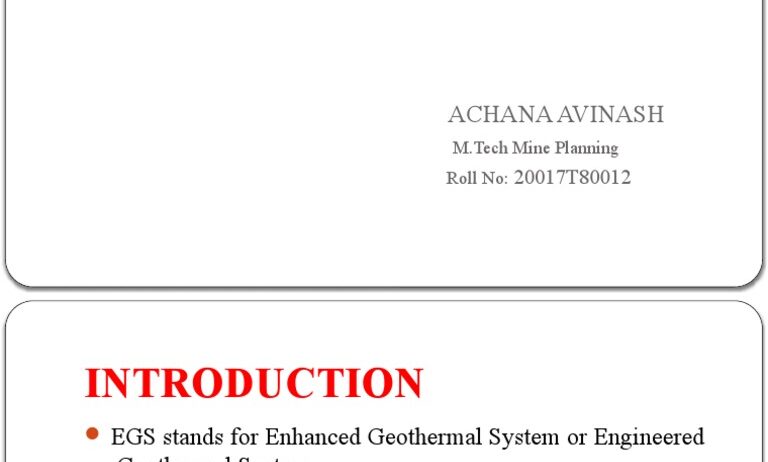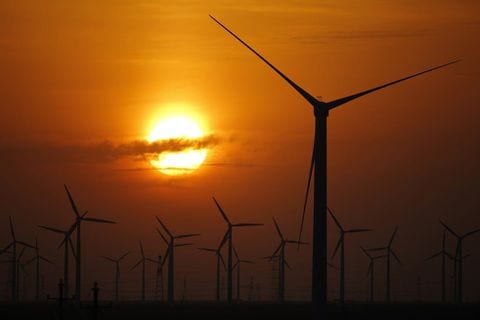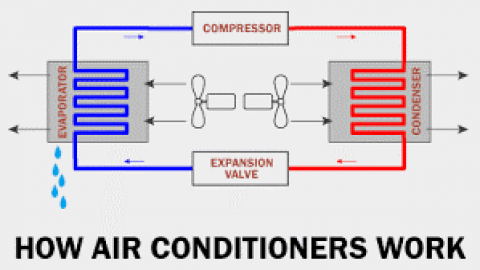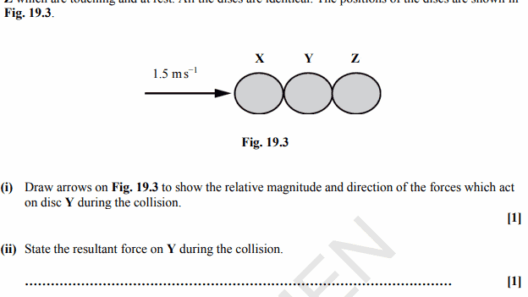Geothermal energy, an often underappreciated renewable resource, has immense potential for sustainability and efficiency. As we increasingly pivot towards greener energy solutions, understanding how to maximize the efficiency of geothermal energy use is essential. This article delves into the ways geothermal energy can be conserved, explores innovative methods for enhancing its application, and highlights its aesthetic and practical appeal in the quest for sustainable energy.
Geothermal energy harnesses the natural heat from the Earth’s core, transforming it into a utilitarian resource. However, to fully capitalize on this energy source, efficiency in its use, conservation techniques, and technological advancements are paramount. Let’s explore the myriad ways in which geothermal energy can be conserved and optimized.
Understanding the processes involved is critical in maximizing geothermal systems’ effectiveness. Enhanced geothermal systems (EGS), for instance, represent a significant leap forward in tapping into this resource by artificially improving permeability in hot rock formations. Employing innovative drilling techniques and advanced fracturing methods can amplify the energy extraction process, setting the stage for remarkable energy output while reducing waste.
In this respect, the aesthetic appeal of geothermal technology deserves attention. When integrated into urban landscapes, geothermal systems can be ingeniously concealed, offering modern infrastructure without dominating city skylines. This seamless integration not only preserves visual beauty but also enhances public acceptance of geothermal systems, bridging the gap between environmental necessity and architectural elegance.
Optimization of well-field deployment is equally important. Efficient thermal extraction can be achieved by carefully monitoring the temperature gradients and flow rates within the geothermal reservoirs. Moreover, implementing advanced geothermal resource exploration methods will ensure that only the most viable sites are developed, minimizing both economic and ecological costs.
Harnessing geothermal energy is not limited to electricity production; it extends to direct-use applications, which often occur in district heating systems. These can provide heat for municipal buildings, swimming pools, and even agricultural activities such as greenhouse heating. By focusing on efficient infrastructure design—ensuring that pipelines are adequately insulated and that heat distribution systems are optimized for minimal heat loss—substantial energy conservation can be attained. Centralized district heating systems characterize this model, offering both economic and energy efficiency gains.
Embracing Technology: Sensors and Automation
Utilizing technological advancements can greatly enhance geothermal energy efficiency. Sensors installed throughout geothermal plants can provide vital data, allowing for real-time monitoring and control. These systems can detect anomalies in temperature and pressure, thereby facilitating immediate remediation to maintain optimal performance. Automation further empowers operators to program systems for efficiency, automatically adjusting parameters based on demand and resource availability.
Data analytics is another frontier that can lead to remarkable efficiencies. By employing predictive analytics, geothermal energy producers can optimize maintenance schedules, identify potential failures prior to occurrence, and enhance resource management strategies. This empowers stakeholders to make informed decisions that rely on empirical evidence rather than speculative projections.
In addition to technological integration, the human element—community awareness and participation—plays an indispensible role in maximizing geothermal energy efficiency. Educating the public about the benefits and functionalities of geothermal systems encourages local support for geothermal projects. Grassroots movements can catalyze policy changes and local investments, ensuring community buy-in and fostering a resilient renewable energy ecosystem.
The Aesthetics of Geothermal Infrastructure
A key characteristic of geothermal energy lies in its unassuming elegance. Unlike sprawling solar farms or towering wind turbines, geothermal plants can meld into the landscape, often positioned underground or incorporated into existing infrastructure. Such discreet installations serve as a testament to intelligent design, where functionality and aesthetics coexist harmoniously. The quiet machinery and minimal visual footprint evoke a sense of serenity, allowing nature to flourish unbothered by intrusive energy production methods.
Investing in Green Technology: Importance of Research
Significant advancements in geothermal energy require continued investment in research and development. Emphasizing sustainable technologies that draw from the thermal properties of the Earth is vital. Research can uncover previously untapped resources and improve existing technologies. For instance, exploring innovative methods such as enhanced geothermal systems (EGS) can open new reservoirs while mitigating adverse environmental impacts. This not only ensures that geothermal energy remains a viable solution for future generations but also reinforces its role as an indispensable component of the global clean energy portfolio.
Another avenue for conserving geothermal energy involves the symbiosis of geothermal energy with other renewable sources. Hybrid systems, which combine geothermal power with solar or wind energy, represent a promising frontier. This integrated approach can significantly reduce reliance on fossil fuels, while enhancing overall energy reliability. Combining resources and balancing loads create a more resilient energy grid, vital for addressing the unpredictable nature of renewable energy supply and demand.
In conclusion, conserving geothermal energy and maximizing its efficiency is a multidimensional pursuit. From advanced technology adoption to holistic community engagement, the pathways to enhancing this renewable resource are many. As we transition to a sustainable future, integrating the aesthetics and functional appeal of geothermal energy into our landscapes not only enriches our environment but represents a vital step towards achieving global energy resilience.
The potential for geothermal energy conservation is extensive and invites exploration by innovators, communities, and every citizen who cares for our planet. Embracing these techniques ensures a balanced approach to energy consumption, paving the way toward a greener tomorrow.








